I have a friend who has been lactose intolerant forever. In the 15 years I've known her, every time I've seen her ask questions about a menu, turn down ice cream, or complain of an accidental dairy disaster, I've thought, "Ugh, I don't know what I'd do if I couldn't eat dairy." I always figured that since I had no obvious problem digesting it, that meant I had the green light to eat ice cream, yogurt, and cheese until the cows come home, so to speak.
So, imagine my surprise when—after hearing about my year-plus of unbearable bouts of PMS, painful periods, and inexplicable fatigue—my naturopath prescribed going off of not just gluten (which I was prepared for), but most dairy products as well (which I was so not prepared for).
If it's possible to grieve for cheese, I definitely did. And I left that appointment feeling like I was being punished rather than helped. But, thanks to a previous stint in veganism, my lactose-intolerant friend, a whole lot of Pinterest-ing, a great need to feel better, and an open mind, I got creative and tried to look at this as a new adventure.
And it turns out that getting dairy out of my diet was one of the best things I ever did for my energy levels, digestion, appearance, and overall health. Here are some tips from my experience on how to give up dairy, whether it's because of an allergy, to lose weight, or even just to feel better.
Should You Give Up Dairy?
Everyone's different, so of course, going dairy-free isn't necessarily a cure-all. But you may want to consider giving it up if you're experiencing any of the following:
- Digestive issues and bloating
- Chronic constipation and/or frequent diarrhea
- Premenstrual syndrome
- Heavy or irregular periods
- Debilitating menstrual cramps
- Miserable hot flashes
- Acne, especially cystic acne or breakouts around your mouth and chin
- Weight gain, or inability to lose weight
- Chronic sinus infections or congestion, or frequent colds
- Allergic rhinitis, hives, or other allergies
- Eczema, psoriasis, or other chronic skin conditions
- High cholesterol, heart disease, or hypertension
Know What’s In It and What It’s Meant For
It’s interesting that the medical establishment has failed to consider and educate the public about the numerous hormones in all dairy products. Remember, cows (and goats) must be kept pregnant in order to continue lactating, and the milk they produce is made to grow a calf from 70 pounds at birth to over 500 pounds in the first year.
The hormones (and fat) produced to facilitate both of these processes are responsible for some of the detrimental effects of dairy consumption. Read this article, which is only one of many, about the hormones contained in dairy foods and their biological effects on human metabolism.
Do a Two-Week Trial
Try living without dairy for two weeks, and see how you feel, then gradually re-introduce it. If you notice a difference, try going without it for a month, and so on. It gets easier the longer you avoid dairy, and you may find yourself not even craving it anymore.
Tips For Going Dairy-Free
Here are a few a-ha moments, tips, and coping mechanisms I've experienced:
1. Do Your Research
In the age of Pinterest and food blogs, this is the easiest part. You can find delicious nondairy recipes in no time. Obviously, Hello Glow is a good source; we also love Kitchen Treaty, The Awesome Green, and Connoisseurus Veg.
I did an internet search for “tips to replace dairy” and came up with loads of top-notch articles on the topic. Some of them are sites for kids with allergies, giving valuable tips on snacks and regular everyday foods.
Others will help with ideas for replacing dairy in baked goods and other common recipes. Once you get the drift, it’s easy to do and becomes second nature as you find your nondairy repertoire expanding over time.
2. Replace Flavors and Textures, Not Foods
This is something that took me months to figure out. I crave cheese all. the. time. And I finally realized that what I was really wanting was the umami flavor (source).
So, what else has an umami flavor to it? Hummus, mushrooms, cheezy nutritional yeast (the best umami of all!), tomatoes, along with soy-based and fermented foods. Voila!—craving crisis averted. If you get your savory umami fix from other sources, you may not need to rely on cheese as much for it.
Same with the creaminess: if you always put sour cream on tacos because you love the smooth texture, try creamy avocados instead. If ice cream is your weakness, an avocado mousse can hit the spot. Who knew that ice cream made from bananas could be so creamy like the one in this recipe for frozen banana ice cream
3. Try Replacing Things Slowly
The idea of giving dairy up all at once can be daunting for some, and you don’t have to do it that way. Start by looking at one of the items you eat most frequently, such as yogurt. Go to the health food store and try one of each of the almond, soy, cashew, and coconut yogurts to find which one hits your taste buds in the most satisfying way. Buy and eat that one from then on.
Next, tackle another, like cream cheese or coffee creamer, and have fun checking out the newest brands. There are so many alternatives out there now for almost every dairy product on the market (except cottage cheese, unfortunately for some folks). Once you find your favorite replacements, stick with them, and enjoy.
4. Figure Out Your Limits
Depending on what's going on with your body, your limits might be different. Many people are lactose-intolerant and can't digest the sugar found in dairy–in fact, most of the world’s adults have lost activity of the enzyme that breaks down lactose (source).
While others are allergic or sensitive to casein, the protein in dairy (source). Some people have an actual milk protein allergy, causing anything from hives to anaphylaxis (source).
A doctor, nutritionist, or naturopath can help you get to the bottom of what's happening for you, and then you can make choices from there. For me, casein was triggering an autoimmune condition I didn't know I had (source).
I can still "technically" have cream and butter, which contain only traces of casein, so I bend the rules there a bit. But cheese, milk, ice cream, and yogurt? Off-limits.
Some people do okay with non-cow cheeses like chèvre, manchego, or buffalo mozzarella. A lot of this is trial and error—and make sure to check with a health practitioner if you suspect you have an intolerance or a more serious dairy allergy.
5. Keep a Food Diary
Start by tracking your actual dairy intake. Many people underestimate how much dairy they are consuming on a daily basis because they just associate it with drinking milk and not the other sources such as sour cream, cheese, ice cream, cream cheese, butter, yogurt, and so on. Many people find that they are eating some form of dairy with every meal, as well as their snacks!
Then you can begin to correlate any particular symptoms you are having with the actual dairy intake. By putting in writing what you eat and how it affects your symptoms or makes you feel, you can learn all sorts of things about yourself and become better at figuring out your own food issues. It's like being a food detective! Try it out for a few days to weeks, and see what you learn.
Keep in mind that some processes in the body take time, such as the menstrual cycle. People who have found benefits from avoiding dairy have had to go for a full month without it in order to experience the improvement in their symptoms related to the avoidance of those hormones. So be prepared to give it a little time.
6. Talk Yourself Out of Cravings
There are times where I think I'd give my right arm for a piece of cheese pizza or some nachos—mostly when I see other people eating it. Sometimes you just have to reason with yourself. You can have that pizza or nachos if you want. However, you're choosing not to because your body doesn't like it.
There's something else you can have instead, and it will be just as satisfying and not make you feel bad later. Nachos are fleeting (plus, you can make dairy-free versions of them). Feeling healthy and having better skin, however, is priceless.
For a better understanding of the addictive qualities in dairy, and how to overcome them, read The Cheese Trap: How Breaking a Surprising Addiction Will Help You Lose Weight, Gain Energy, and Get Healthy.
7. The Use of Dairy Replacements
We're fortunate to live in a vegan-friendly world where nondairy options abound: coconut ice cream, almond milk, dark chocolate, soy creamer, nondairy buttery spread, cashew yogurt, coconut cheese...the list goes on and on. Many of these are healthier options than dairy, but just remember that a lot of these foods are processed, are not sugar-free, and may also contain preservatives (often more so than dairy).
If you're consuming soy cream cheese, almond creamer, coconut yogurt, and cashew ice cream in large amounts every single day, that could come with its own set of untoward effects. Try making your own preservative-free dairy replacement products, including tasty nut milks and creamers, at home.
Some women who have hormonal issues are also discouraged from eating soy due to the concern that it can affect estrogen levels and metabolism. These sound like some of the same issues you were giving up dairy to solve—though these concerns are still unproven and don’t seem to outweigh the nutritional benefits of soy (source).
Consumption of soy has been shown to decrease the risk of ovarian (source), endometrial (source), and prostate (source) cancers. Check out this video on the evidence showing cancer risks related to dairy intake here.
Commercial soy products often contain GMO-sourced soy, so this is one case where you want to make sure and buy organic.
8. Choose Your Battles
I still break the rules occasionally. A couple of weeks ago, in fact, I ate a few bites of pimento cheese, mac and cheese, and banana cream pie from my friends' plates at an amazing Southern restaurant during my birthday dinner. That was overdoing it, and before I even got home, I felt nauseous and could totally feel a zit forming under my skin. It was a special occasion, though, so I made my peace with the decision.
If you absolutely can't live without cream in your coffee, try giving up all dairy except for that, only buy high-quality, organic cream, and use a very small quantity (however, commercial almond or coconut milk creamers are pretty tasty, and they can also be made at home - see the recipe links on tip #3).
If a trip to Dairy Queen with the kids is a summer road-trip tradition, by all means, have a Dilly Bar if you want one. The dairy police aren't going to arrest you! Just keep tabs on how you feel, and when it's worth cheating.
For example, don’t indulge during the trial process, or you won’t know if it is going to help your symptoms. But, after that, know that it’s what you eat on most days that matters most, not the once-and-a-while indulgence.
9. Make Sure You're Getting Probiotics
If you've depended on yogurt for probiotics, you'll want to seek out another source like a plant-based yogurt or kombucha, supplements, cultured veggies (like sauerkraut and kimchi), and coconut water kefir.
10. Learn How to Navigate Menus
Don't be shy about politely asking for items sans cheese, sour cream, or butter. Most restaurants will be happy to help you find nondairy options or let you customize a menu item. Try vegan or paleo-friendly places. Also, Asian, Middle Eastern, and Latin American cuisines are especially easy to find dairy-free options.
I'm sure my issues didn't stem completely from dairy, but I know giving it up has helped a ton. My skin—which was kinda-sorta fine with the exception of an epic breakout like clockwork right before my period—stabilized and cleared itself up within a couple of weeks. Now when I do get a breakout, it's totally manageable and goes away on its own within a day or two.
My digestion and energy levels are much better, and my periods are more predictable and no longer life-interrupting (many people will find their premenstrual symptoms resolve completely when they get off dairy). Plus, I lost a few pounds, which is always a bonus.
Believe me; I still want cheese pretty much every day. But I want to look and feel better even more!
This article was medically reviewed by Dr. Gina Jansheski, a licensed, board-certified pediatrician who has been practicing for more than 20 years. Learn more about Hello Glow's medical review board here. As always, this is not personal medical advice and we recommend that you talk with your doctor.
47
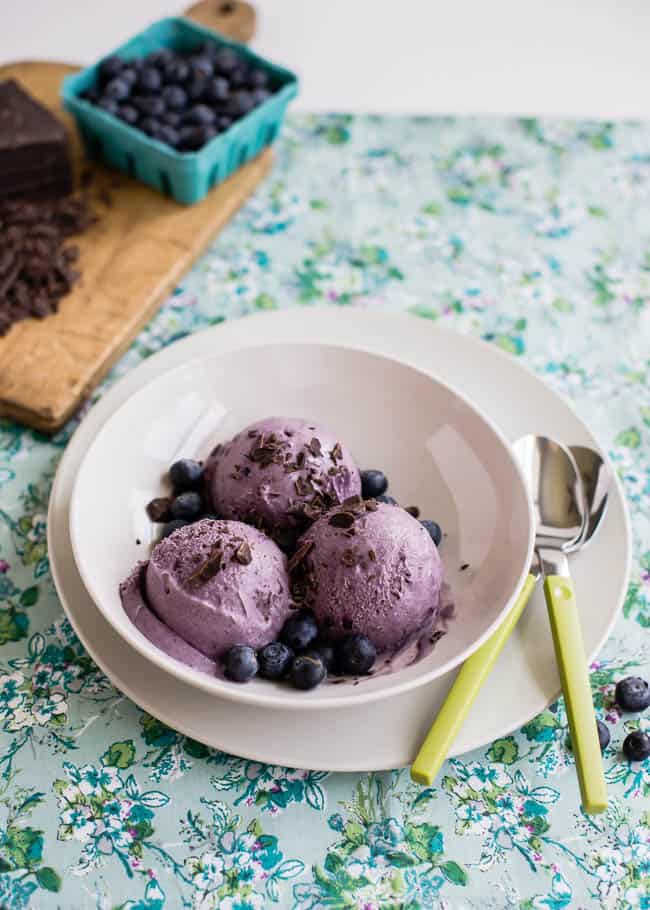
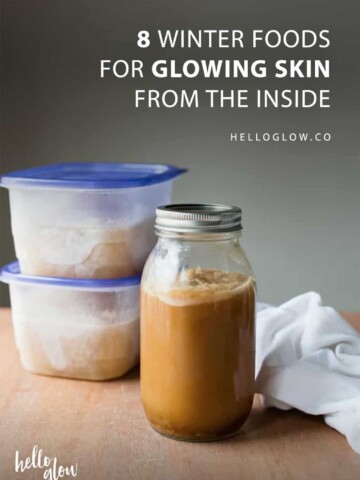
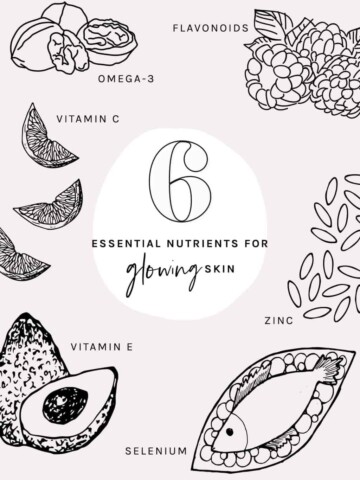
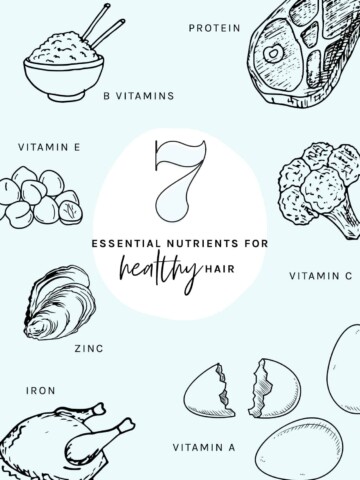
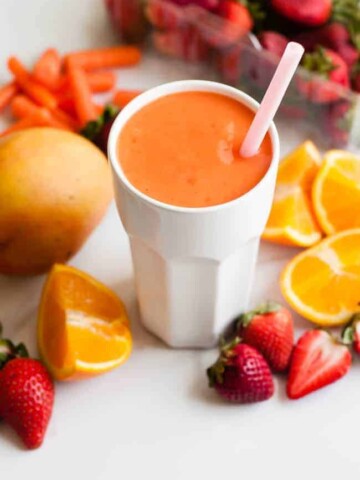
Leave a Comment